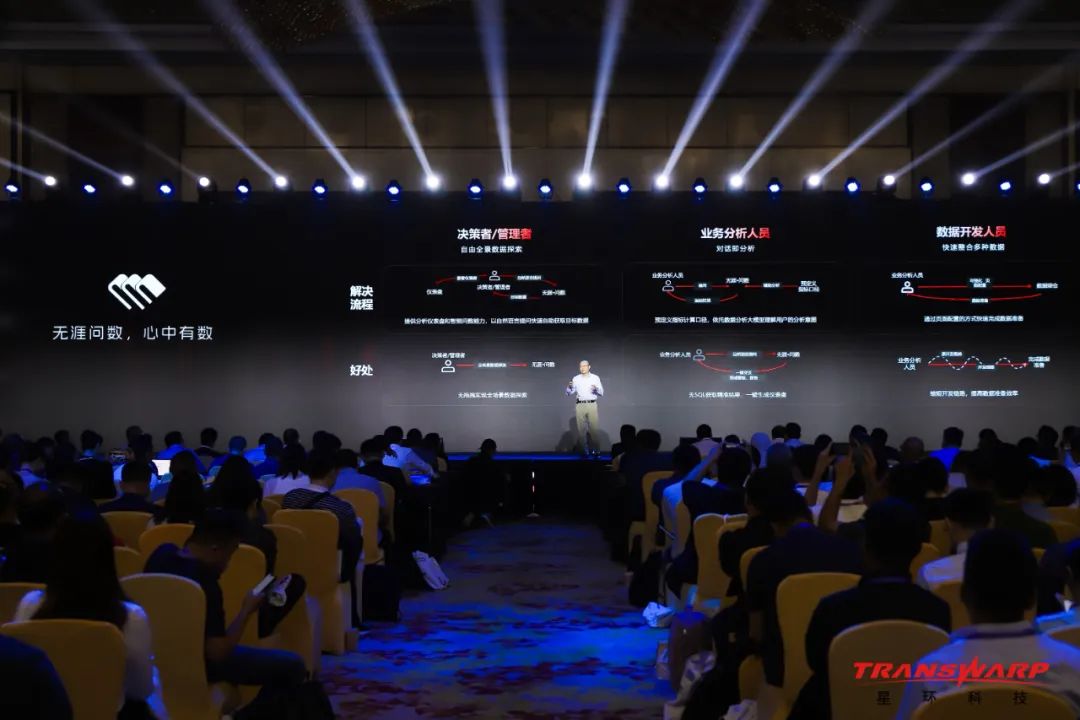对象分割任务的目标是找到图像中目标对象的边界。实际应用例如自动驾驶汽车和医学成像分析。这里将使用PyTorch开发一个深度学习模型来完成多对象分割任务。多对象分割的主要目标是自动勾勒出图像中多个目标对象的边界。
对象的边界通常由与图像大小相同的分割掩码定义,在分割掩码中属于目标对象的所有像素基于预定义的标记被标记为相同。
目录
创建数据集
创建数据加载器
创建模型
部署模型
定义损失函数和优化器
训练和验证模型
创建数据集
from torchvision.datasets import VOCSegmentation
from PIL import Image
from torchvision.transforms.functional import to_tensor, to_pil_image
class myVOCSegmentation(VOCSegmentation):
def __getitem__(self, index):
img = Image.open(self.images[index]).convert('RGB')
target = Image.open(self.masks[index])
if self.transforms is not None:
augmented= self.transforms(image=np.array(img), mask=np.array(target))
img = augmented['image']
target = augmented['mask']
target[target>20]=0
img= to_tensor(img)
target= torch.from_numpy(target).type(torch.long)
return img, target
from albumentations import (
HorizontalFlip,
Compose,
Resize,
Normalize)
mean = [0.485, 0.456, 0.406]
std = [0.229, 0.224, 0.225]
h,w=520,520
transform_train = Compose([ Resize(h,w),
HorizontalFlip(p=0.5),
Normalize(mean=mean,std=std)])
transform_val = Compose( [ Resize(h,w),
Normalize(mean=mean,std=std)])
path2data="./data/"
train_ds=myVOCSegmentation(path2data,
year='2012',
image_set='train',
download=False,
transforms=transform_train)
print(len(train_ds))
val_ds=myVOCSegmentation(path2data,
year='2012',
image_set='val',
download=False,
transforms=transform_val)
print(len(val_ds))
import torch
import numpy as np
from skimage.segmentation import mark_boundaries
import matplotlib.pylab as plt
%matplotlib inline
np.random.seed(0)
num_classes=21
COLORS = np.random.randint(0, 2, size=(num_classes+1, 3),dtype="uint8")
def show_img_target(img, target):
if torch.is_tensor(img):
img=to_pil_image(img)
target=target.numpy()
for ll in range(num_classes):
mask=(target==ll)
img=mark_boundaries(np.array(img) ,
mask,
outline_color=COLORS[ll],
color=COLORS[ll])
plt.imshow(img)
def re_normalize (x, mean = mean, std= std):
x_r= x.clone()
for c, (mean_c, std_c) in enumerate(zip(mean, std)):
x_r [c] *= std_c
x_r [c] += mean_c
return x_r展示训练数据集示例图像
img, mask = train_ds[10]
print(img.shape, img.type(),torch.max(img))
print(mask.shape, mask.type(),torch.max(mask))
plt.figure(figsize=(20,20))
img_r= re_normalize(img)
plt.subplot(1, 3, 1)
plt.imshow(to_pil_image(img_r))
plt.subplot(1, 3, 2)
plt.imshow(mask)
plt.subplot(1, 3, 3)
show_img_target(img_r, mask)


展示验证数据集示例图像
img, mask = val_ds[10]
print(img.shape, img.type(),torch.max(img))
print(mask.shape, mask.type(),torch.max(mask))
plt.figure(figsize=(20,20))
img_r= re_normalize(img)
plt.subplot(1, 3, 1)
plt.imshow(to_pil_image(img_r))
plt.subplot(1, 3, 2)
plt.imshow(mask)
plt.subplot(1, 3, 3)
show_img_target(img_r, mask)

创建数据加载器
通过torch.utils.data针对训练和验证集分别创建Dataloader,打印示例观察效果
from torch.utils.data import DataLoader
train_dl = DataLoader(train_ds, batch_size=4, shuffle=True)
val_dl = DataLoader(val_ds, batch_size=8, shuffle=False)
for img_b, mask_b in train_dl:
print(img_b.shape,img_b.dtype)
print(mask_b.shape, mask_b.dtype)
break
for img_b, mask_b in val_dl:
print(img_b.shape,img_b.dtype)
print(mask_b.shape, mask_b.dtype)
break

创建模型
创建并打印deeplab_resnet模型结构,使用预训练权重
from torchvision.models.segmentation import deeplabv3_resnet101
import torch
model=deeplabv3_resnet101(pretrained=True, num_classes=21)
device = torch.device('cuda:0' if torch.cuda.is_available() else 'cpu')
model=model.to(device)
print(model)
部署模型
在验证数据集的数据批次上部署模型观察效果
from torch import nn
model.eval()
with torch.no_grad():
for xb, yb in val_dl:
yb_pred = model(xb.to(device))
yb_pred = yb_pred["out"].cpu()
print(yb_pred.shape)
yb_pred = torch.argmax(yb_pred,axis=1)
break
print(yb_pred.shape)
plt.figure(figsize=(20,20))
n=2
img, mask= xb[n], yb_pred[n]
img_r= re_normalize(img)
plt.subplot(1, 3, 1)
plt.imshow(to_pil_image(img_r))
plt.subplot(1, 3, 2)
plt.imshow(mask)
plt.subplot(1, 3, 3)
show_img_target(img_r, mask)可见勾勒对象方面效果很好

定义损失函数和优化器
from torch import nn
criterion = nn.CrossEntropyLoss(reduction="sum")from torch import optim
opt = optim.Adam(model.parameters(), lr=1e-6)
def loss_batch(loss_func, output, target, opt=None):
loss = loss_func(output, target)
if opt is not None:
opt.zero_grad()
loss.backward()
opt.step()
return loss.item(), None
from torch.optim.lr_scheduler import ReduceLROnPlateau
lr_scheduler = ReduceLROnPlateau(opt, mode='min',factor=0.5, patience=20,verbose=1)
def get_lr(opt):
for param_group in opt.param_groups:
return param_group['lr']
current_lr=get_lr(opt)
print('current lr={}'.format(current_lr))![]()
训练和验证模型
def loss_epoch(model,loss_func,dataset_dl,sanity_check=False,opt=None):
running_loss=0.0
len_data=len(dataset_dl.dataset)
for xb, yb in dataset_dl:
xb=xb.to(device)
yb=yb.to(device)
output=model(xb)["out"]
loss_b, _ = loss_batch(loss_func, output, yb, opt)
running_loss += loss_b
if sanity_check is True:
break
loss=running_loss/float(len_data)
return loss, None
import copy
def train_val(model, params):
num_epochs=params["num_epochs"]
loss_func=params["loss_func"]
opt=params["optimizer"]
train_dl=params["train_dl"]
val_dl=params["val_dl"]
sanity_check=params["sanity_check"]
lr_scheduler=params["lr_scheduler"]
path2weights=params["path2weights"]
loss_history={
"train": [],
"val": []}
metric_history={
"train": [],
"val": []}
best_model_wts = copy.deepcopy(model.state_dict())
best_loss=float('inf')
for epoch in range(num_epochs):
current_lr=get_lr(opt)
print('Epoch {}/{}, current lr={}'.format(epoch, num_epochs - 1, current_lr))
model.train()
train_loss, train_metric=loss_epoch(model,loss_func,train_dl,sanity_check,opt)
loss_history["train"].append(train_loss)
metric_history["train"].append(train_metric)
model.eval()
with torch.no_grad():
val_loss, val_metric=loss_epoch(model,loss_func,val_dl,sanity_check)
loss_history["val"].append(val_loss)
metric_history["val"].append(val_metric)
if val_loss < best_loss:
best_loss = val_loss
best_model_wts = copy.deepcopy(model.state_dict())
torch.save(model.state_dict(), path2weights)
print("Copied best model weights!")
lr_scheduler.step(val_loss)
if current_lr != get_lr(opt):
print("Loading best model weights!")
model.load_state_dict(best_model_wts)
print("train loss: %.6f" %(train_loss))
print("val loss: %.6f" %(val_loss))
print("-"*10)
model.load_state_dict(best_model_wts)
return model, loss_history, metric_history
import os
opt = optim.Adam(model.parameters(), lr=1e-6)
lr_scheduler = ReduceLROnPlateau(opt, mode='min',factor=0.5, patience=20,verbose=1)
path2models= "./models/"
if not os.path.exists(path2models):
os.mkdir(path2models)
params_train={
"num_epochs": 10,
"optimizer": opt,
"loss_func": criterion,
"train_dl": train_dl,
"val_dl": val_dl,
"sanity_check": True,
"lr_scheduler": lr_scheduler,
"path2weights": path2models+"sanity_weights.pt",
}
model, loss_hist, _ = train_val(model, params_train)
绘制了训练和验证损失曲线
num_epochs=params_train["num_epochs"]
plt.title("Train-Val Loss")
plt.plot(range(1,num_epochs+1),loss_hist["train"],label="train")
plt.plot(range(1,num_epochs+1),loss_hist["val"],label="val")
plt.ylabel("Loss")
plt.xlabel("Training Epochs")
plt.legend()
plt.show()



















